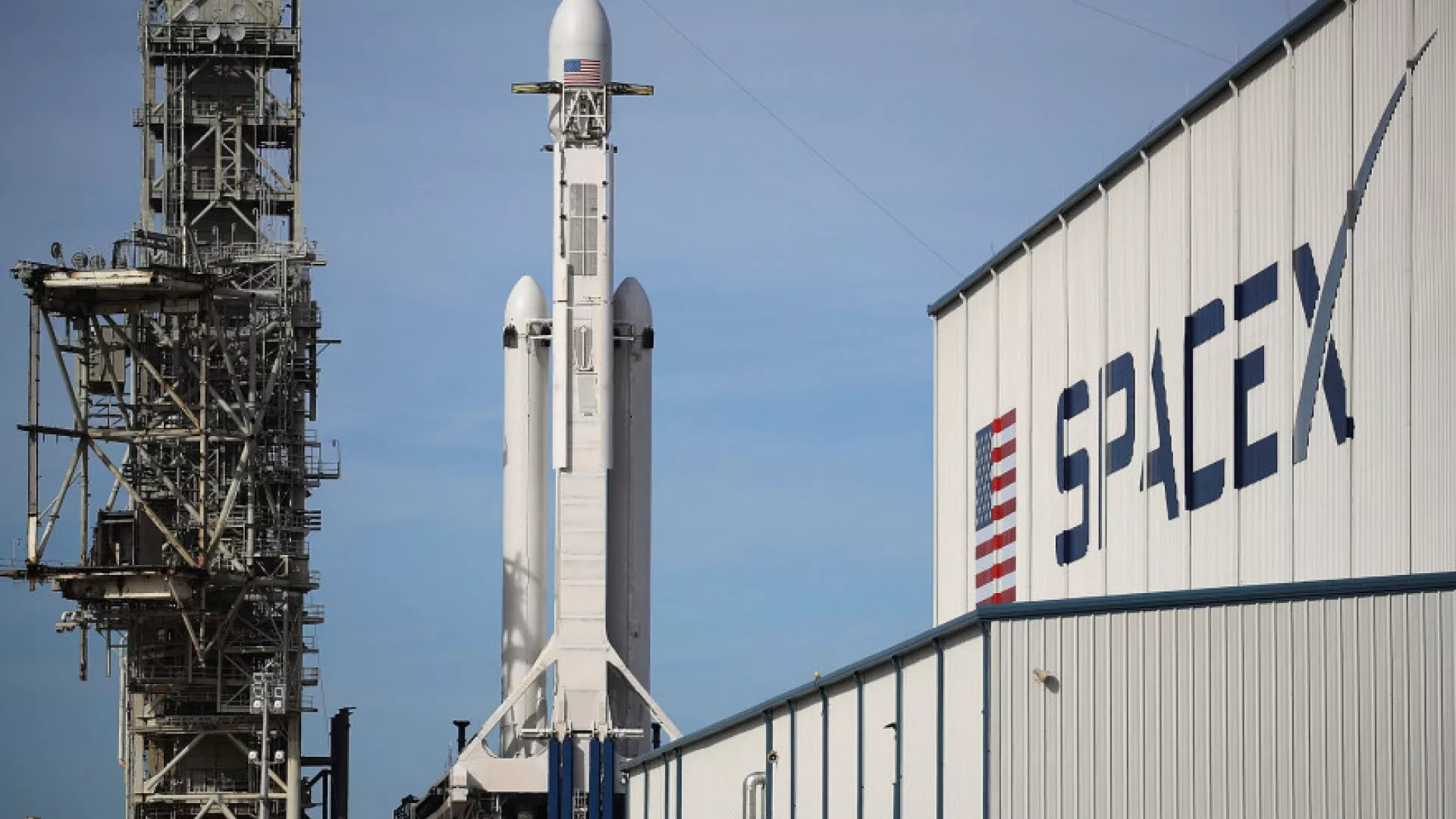With its sights set on Mars and beyond, SpaceX continues to push the boundaries of space exploration through its ambitious Starship program. However, the journey towards a fully reusable launch system hasn’t been without its setbacks. This article delves into the recent developments surrounding Starship, analyzing the challenges encountered during the November 18, 2023, test flight (SN18) and exploring how these setbacks fit into SpaceX’s broader history of innovation and learning through failure.
Starship SN18: A Flawed Ascent
The Starship program represents SpaceX’s vision for a fully reusable launch system and spacecraft capable of transporting humans and cargo to celestial destinations. On November 18, 2023, the SN18 prototype embarked on its third test flight, aiming to replicate high-altitude launch and landing maneuvers for future missions.
The initial stages unfolded successfully, reaching a target altitude of 10 kilometers. However, during ascent, an engine anomaly led to a loss of thrust and control. The vehicle tilted and ultimately exploded high above SpaceX’s Starbase facility in Boca Chica, Texas.
Unveiling the Cause: Investigating the Engine Anomaly
The exact cause of the SN18 explosion remains under investigation. Early reports suggest a potential malfunction with one or more Raptor engines, triggering a chain reaction and subsequent loss of control.
Learning from the Ashes: The Importance of Rapid Iteration
SpaceX prioritizes rapid iteration and testing, learning from failures to improve future prototypes. While the SN18 explosion is a setback, valuable data will be crucial for enhancing the design and performance of future Starships.
A History of Failure: Stepping Stones on the Path to Success
This mishap isn’t SpaceX’s first. Throughout their history, they’ve encountered failed launches and prototype explosions. However, these haven’t deterred their ambitions. Here are some notable examples:
- Falcon 9 maiden flight failure (2006): After a fiery launchpad explosion, SpaceX persevered, analyzing the cause and achieving success with the Falcon 9 on its fourth attempt.
- Amos-6 satellite loss (2016): A structural failure in the Falcon 9 rocket resulted in the loss of a communications satellite. This incident forced SpaceX to re-evaluate manufacturing processes and implement stricter quality control measures.
- Crew Dragon launch escape system test accident (2019): During a static fire test, an anomaly caused a catastrophic explosion. Thankfully, this incident did not result in any injuries, but it delayed SpaceX’s crewed missions to the International Space Station (ISS).
These are just a few examples of how SpaceX has used failures as stepping stones on their journey to becoming a leading force in the space industry. Their “move fast and break things” mentality, while occasionally leading to spectacular failures, has undoubtedly accelerated progress.
Beyond Starship: SpaceX’s Remarkable Accomplishments
Despite the recent setback, SpaceX has achieved remarkable feats:
- Revolutionizing Launch Costs: SpaceX’s reusable Falcon 9 and Falcon Heavy rockets have significantly reduced launch costs, opening doors for more affordable space exploration and satellite deployment.
- Commercial Crew Transportation to the ISS: Following the Crew Dragon’s successful test flights, SpaceX became the first private company to launch astronauts to the ISS, ending US reliance on Russian Soyuz spacecraft.
- Starlink Constellation: SpaceX is rapidly deploying the Starlink constellation, a network of thousands of internet satellites, aiming to provide global internet access.
- Super Heavy Booster Development: The Super Heavy booster, a critical component of the Starship program for lifting the spacecraft into orbit, has successfully undergone static fire tests, demonstrating its immense power and paving the way for future Starship launches.
A Culture of Innovation: Embracing Failure as a Tool
SpaceX’s approach to development embraces calculated risks and views failure as a learning experience. This rapid iteration process allows for quicker progress and innovation. They analyze setbacks to refine Starship for the future, as evidenced by the successful launch and landing of the SN23 prototype in March 2024, albeit at a lower altitude.
Looking Forward: The Future of Starship and Beyond
Starship remains a revolutionary concept with the potential to usher in a new era of space exploration. SpaceX’s journey with Starship exemplifies the iterative nature of space exploration. Failures are inevitable, but they offer valuable learning opportunities. By embracing calculated risks and analyzing setbacks, SpaceX continues to push the boundaries of space travel, paving the way for a future where humanity can explore the cosmos like never before.
